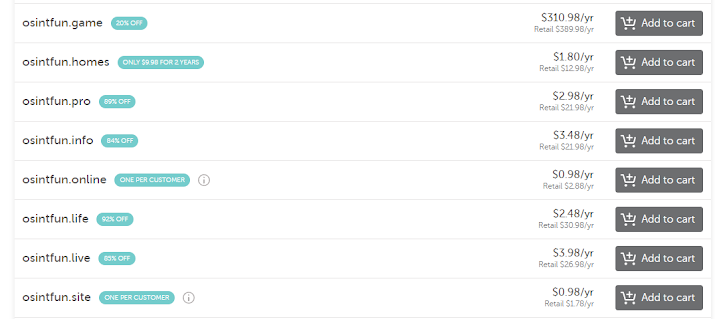Getting started with GPU Password Cracking
Last year I decided to buy a desktop computer to keep in my home office to run VMs and eventually set up to crack passwords. I didn’t want to spend too much but I was able to find a new dell XPS on eBay with an i7 processor, 16GB of ram and 2TB of hard drive space for $700. I had used john the ripper to crack password hashes quite a few times but hadn’t messed with using a GPU to crack passwords.
A few weeks ago I decided to finally get the machine setup to use the GPU to crack passwords. I knew that ATI graphics cards tended to perform better than NVIDA cards but I had hoped that since the machine was a XPS the NVIDA graphics card in it would at least do a passable job. As I started doing some research I quickly realized that the NVIDA GX 620 currently in the machine wasn’t going to be able to crack passwords at a rate anywhere near that found in higher end cards so an upgrade was in order.
I did a little bit of reading and the ATI 7950 ($230 with a $20 rebate at newegg.com) seemed like a good option for the price. Unfortunately I knew the card would be quite a bit larger and need more power than the stock card so a new case and power supply were in order as well. I ended up grabbing an Azza 9000 case and 600 watt Corsair power supply. The total cost for the graphics card, case and power supply were just under $500 and hopefully I get back the $50 in rebates I sent off.
When the video card arrived it was instantly obvious that I made the right call by getting the bigger case as the 7950 dwarfed the gx 620.
If I thought the video card was a big increase in size that was nothing compared to the monster that was the Azza 9000 case that arrived the next day. I wasn’t sure if that thing would fit through the door. I spent a few hours transferring the motherboard and installing all of the components into the new case but the process was relatively painless. When everything was said and done this is how it looked.
Once it was up and running I updated the video card drivers and installed the latest version of the password cracking program hashcat. I ran hashcat in benchmark mode to see what speeds I could expect for different password hash formats and was quite pleased with the results. AES and RIPEMD-160 TrueCrypt passwords were just under 78,000 guess a second and WPA/WPA2 handshake captures were cracked at a rate of 111,000 guesses a second. I tested a few different files and the real world results were very close to the listed benchmarks.
I’ll probably do a more in depth post on hashcat usage in the near future but right now I’m using the 15GB wordlist from crackstation (https://crackstation.net/buy-crackstation-wordlist-password-cracking-dictionary.htm). Hashcat also has some brute force and hybrid options.
If I had to do it all over again the only change I would make is getting a bigger power supply. The one I have now is perfect for the setup I have but if I ever decide to expand to a multi GPU motherboard in the future I’ll need more then 600 watts.
One unexpected side effect to this upgrade was that I backdoored myself into a new hobby. As soon as I was done testing the password cracking capabilities and the machine was sitting idle I wondered how it would perform mining crypto currencies. I’ve had a lot of fun researching the topic and trying different things and will probably write about that in my next post.
It so happened that I have been tortured by severe panic attacks and agoraphobia since childhood. After a month of suffering I went to a therapist, who prescribed me buy lexapro online . The most important thing is to understand the antidepressant will not help you in one day. It accumulates in the body and starts to work after a few weeks. In addition, the dose is increased only gradually and as directed by your doctor. These first weeks can be hard for you, because the symptoms worsen almost in all cases. By the third month I felt much better. No panic was shown, stress wasn’t increased. Finally, I have found a steady state and an adequate response to stimuli.




Comments
Post a Comment